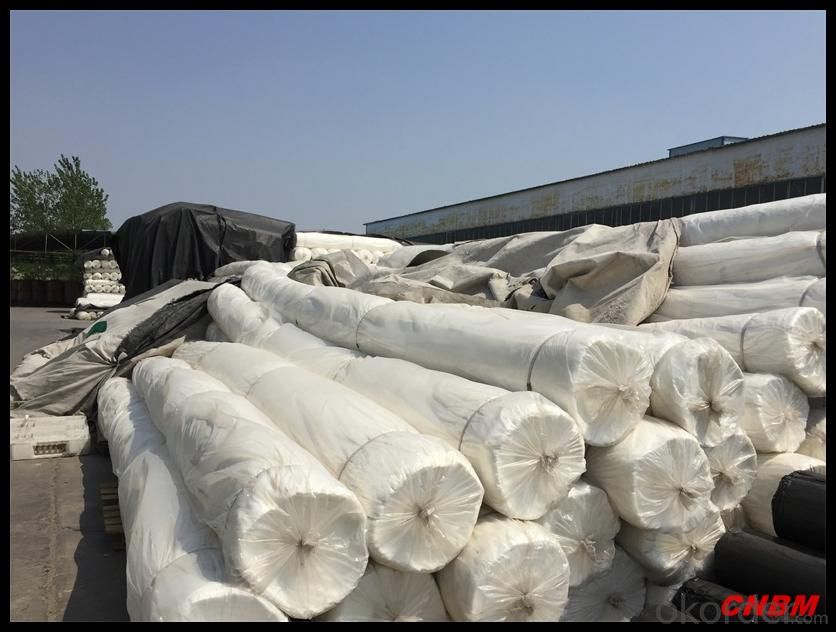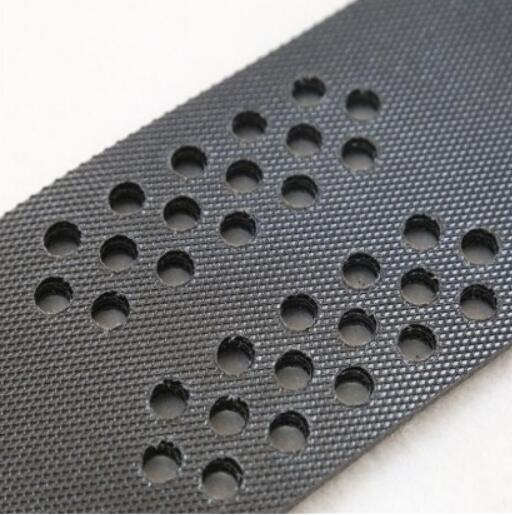- Understanding the Role of Geomembrane Liners in Waste Management
- Innovations in Geomembrane Liners for Water Management
- Geomembrane Liners: A Comprehensive Guide
- The Future of Geomembrane Liners in Civil Engineering
- Geomembrane Liners: Enhancing Landfill Stability
Manager:
WhatsApp:+86 177 0135 2670
Tel:+86 177 0135 2670
Email:marketing@okorder.com
Address:3rd Floor, No.2 Building, No.1 Sanlihe Road
The Role of HDPE Geomembranes in Waste Management
hdpe Geomembranes, a type of synthetic liner made from high-density polyethylene, have become an essential component in modern waste management strategies. These versatile materials offer a range of benefits that make them ideal for containing and managing waste in various environments. In this article, we will explore the role of HDPE geomembranes in waste management, their advantages, and some real-world applications.

The Importance of Waste Management
Waste management is a critical aspect of modern society. With the increasing amount of waste generated by human activities, it is essential to find effective ways to manage and dispose of this waste in an environmentally friendly manner. Proper waste management helps to protect the environment, conserve resources, and promote public health. HDPE geomembranes play a crucial role in achieving these goals.
What are HDPE Geomembranes?
HDPE geomembranes are made from high-density polyethylene, a durable and flexible plastic material. They are designed to create a barrier between waste and the surrounding environment, preventing the leakage of contaminants and protecting the soil, groundwater, and surface water from pollution. HDPE geomembranes are available in various thicknesses and can be customized to fit the specific needs of a project.
Advantages of HDPE Geomembranes
There are several advantages to using HDPE geomembranes in waste management, including:
- Durability: HDPE geomembranes are highly resistant to UV light, chemicals, and temperature changes, making them suitable for long-term use in waste containment facilities.
- Chemical Resistance: They can withstand a wide range of chemicals, ensuring that they do not break down or become compromised when in contact with hazardous waste.
- Low Permeability: HDPE geomembranes have a low permeability rate, which means they effectively prevent the escape of contaminants.
- Ease of Installation: They can be easily installed and welded on-site, providing a seamless barrier that is both reliable and efficient.
- Cost-Effectiveness: Over time, HDPE geomembranes prove to be a cost-effective solution due to their long lifespan and low maintenance requirements.
Applications of HDPE Geomembranes in Waste Management
HDPE geomembranes are used in a variety of waste management applications, such as:
- Landfill Liners: They are commonly used as liners in landfills to prevent the leakage of waste into the environment.
- Containment Ponds: In industries like mining and agriculture, HDPE geomembranes are used to create containment ponds for storing wastewater and other byproducts.
- Waste-to-Energy Plants: These facilities use HDPE geomembranes to prevent the escape of pollutants during the conversion of waste into energy.
- Municipal Solid Waste: HDPE geomembranes are also used in the management of municipal solid waste, ensuring that waste is contained and does not pose a risk to the environment.
Real-World Examples
Let's take a look at some real-world examples of how HDPE geomembranes are being used in waste management:
- The Great Pacific Garbage Patch: While not a direct application, the use of HDPE geomembranes in waste management helps to reduce the amount of waste that ends up in our oceans, indirectly combating issues like the Great Pacific Garbage Patch.
- Landfill Sites in Europe: Many landfill sites in Europe have adopted HDPE geomembranes to ensure compliance with strict environmental regulations and to protect local ecosystems.
- Waste Disposal in Developing Countries: In areas with less developed waste management infrastructure, HDPE geomembranes provide a simple yet effective solution for containing waste and preventing environmental damage.
The Future of HDPE Geomembranes in Waste Management
As waste management practices continue to evolve, the role of HDPE geomembranes is expected to grow. With advancements in material science and technology, we can expect to see improvements in the durability, flexibility, and environmental performance of these geomembranes. Additionally, as awareness of environmental issues increases, there will likely be a greater push towards sustainable waste management solutions, making HDPE geomembranes an even more integral part of the waste management landscape.
Conclusion
HDPE geomembranes are a vital component in the fight against environmental pollution caused by waste. Their versatility, durability, and effectiveness in containing contaminants make them an indispensable tool in modern waste management. As we move towards a more sustainable future, the role of HDPE geomembranes will only become more significant. Let's embrace these materials as part of our collective effort to protect and preserve our environment for generations to come.
- Previous:Understanding HDPE Geomembranes: Material Properties and Benefits
- Next:HDPE Geomembranes: The Future of Waterproofing
-
2024-12-05Geomembrane Liners: A Comprehensive Guide






